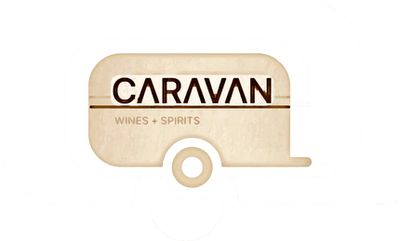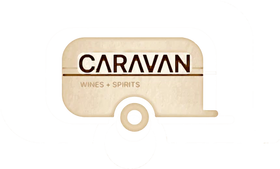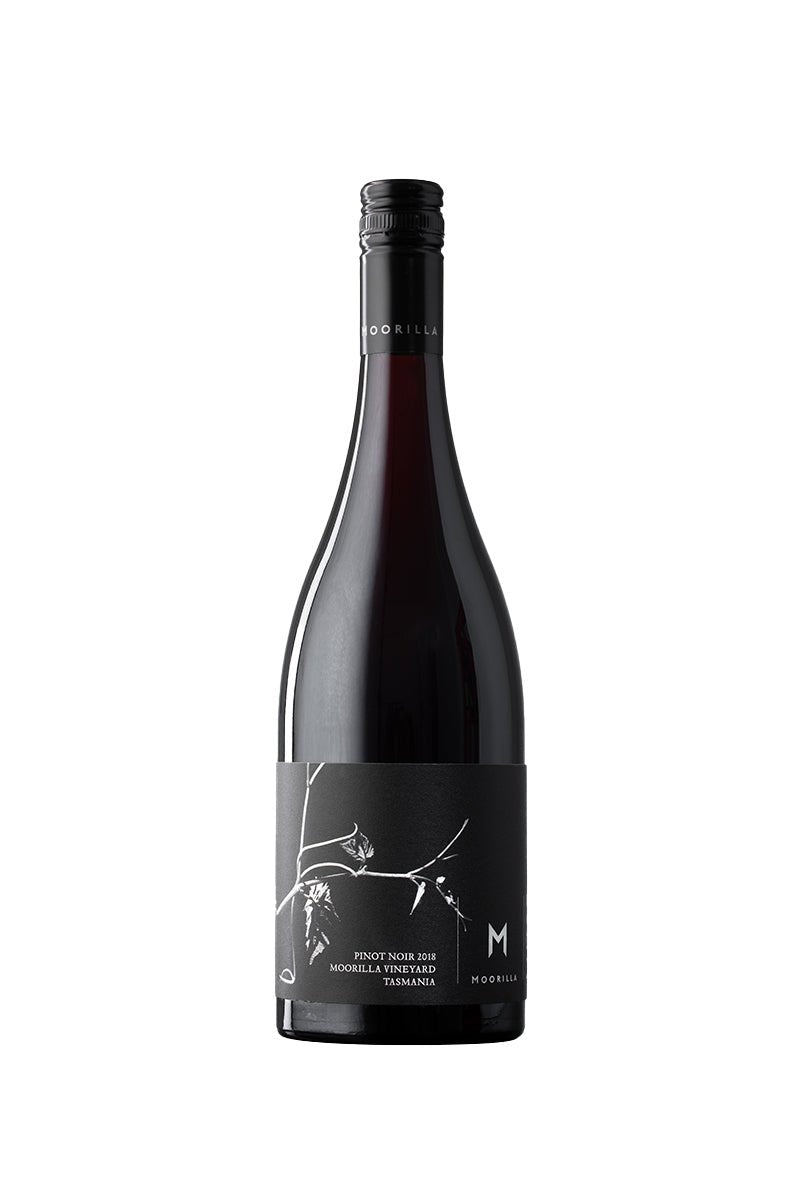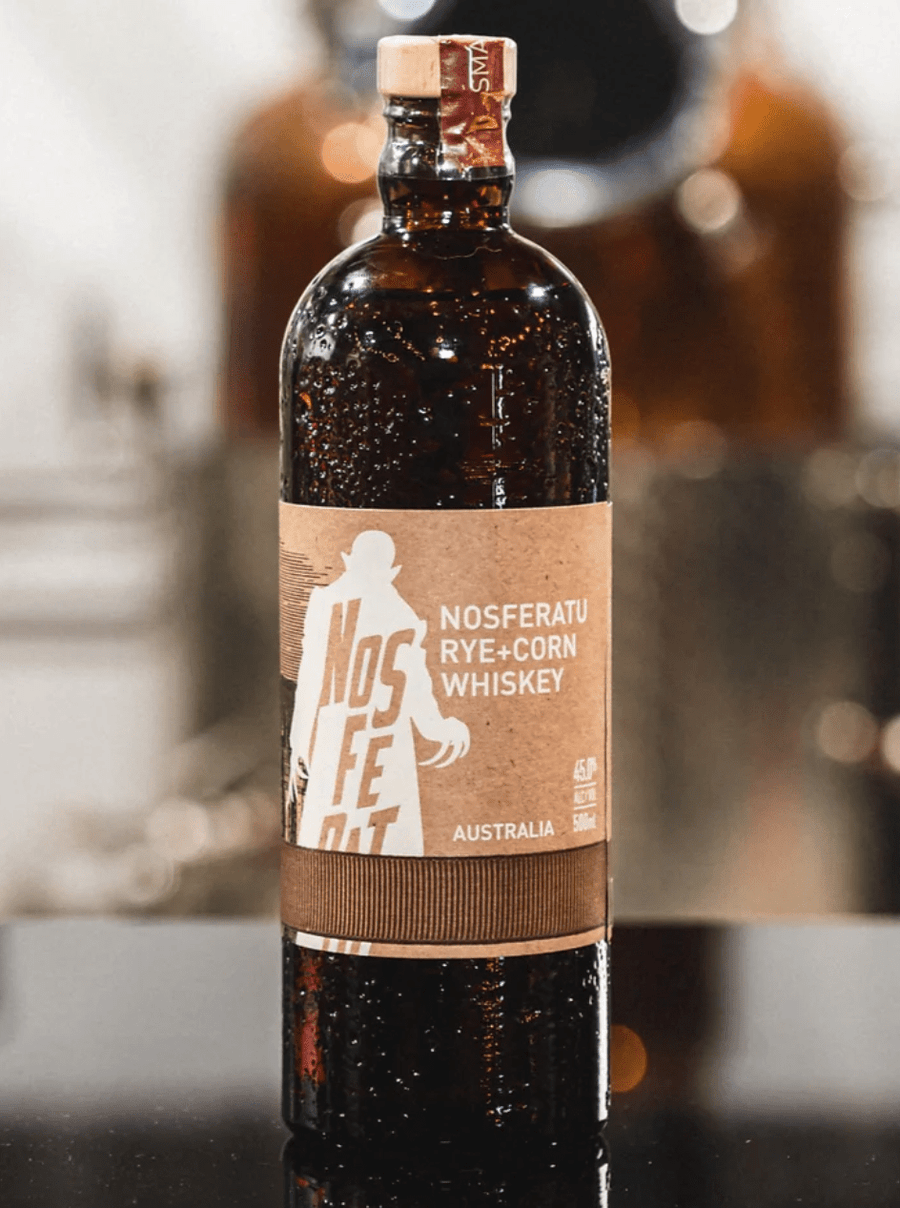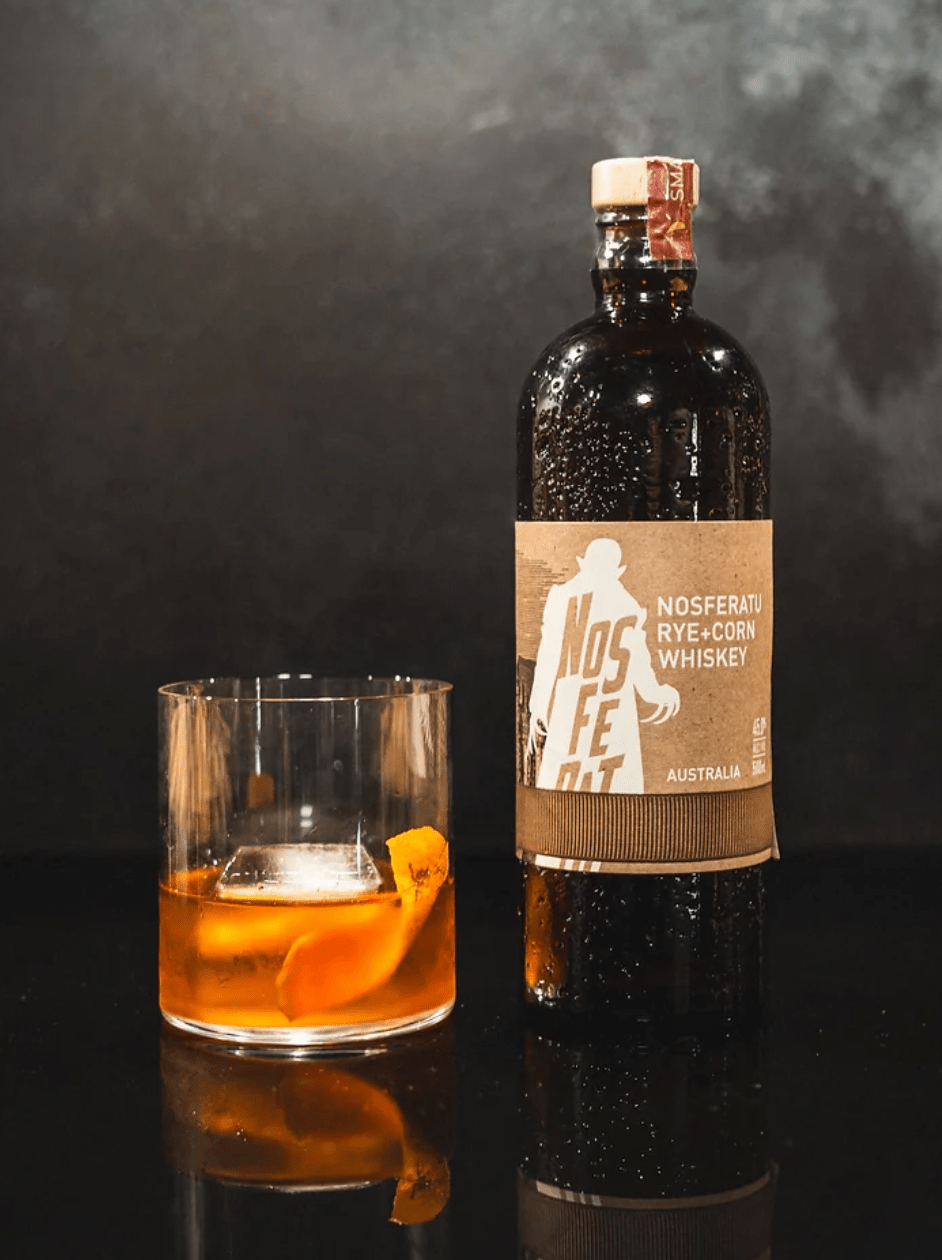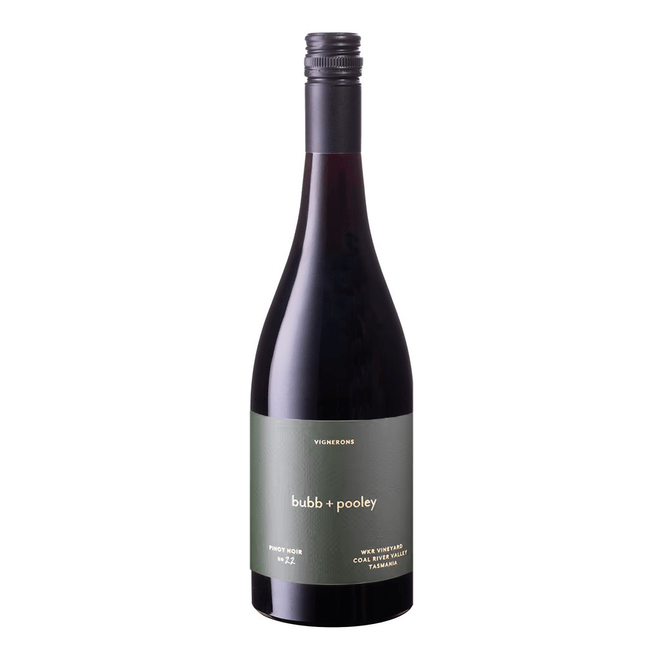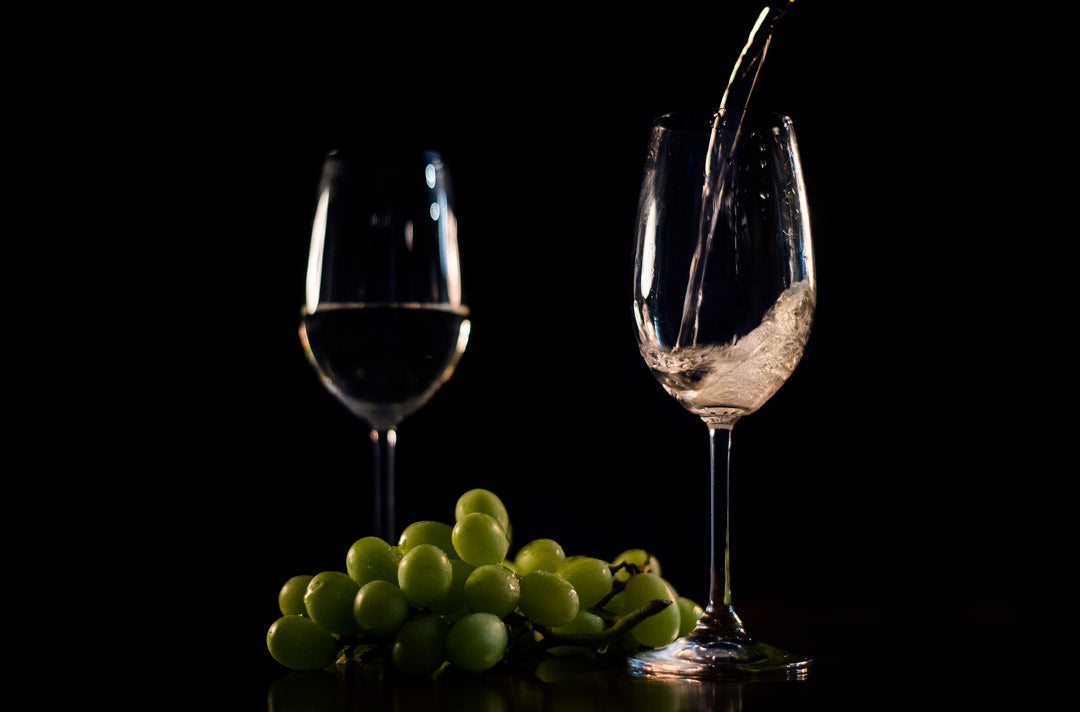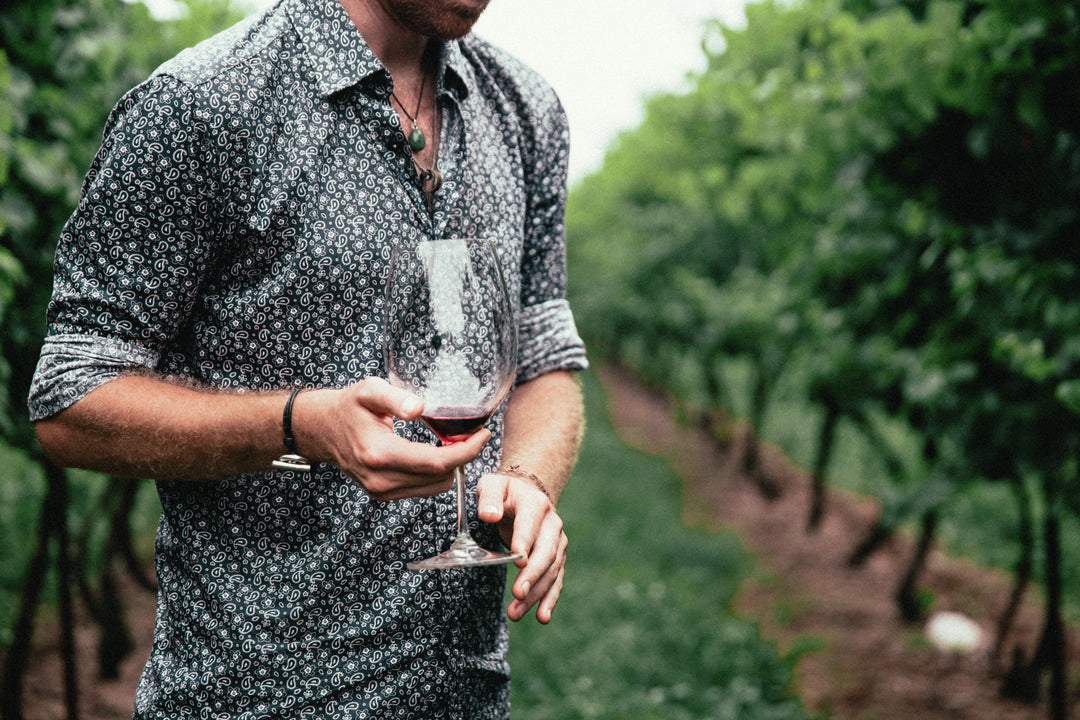The Art of Wine and Food Pairings
Wine and food are two of life’s greatest pleasures, and when paired together correctly, they can elevate each other to new heights. The harmony between the flavours of wine and food is an art form, and getting the right balance can bring out the best in both. Whether you’re a seasoned wine enthusiast or a beginner, understanding the principles behind wine and food pairings can enhance your dining experiences and impress your guests.
The Basics of Wine and Food Pairing
When it comes to wine and food pairings, the goal is to achieve a balance between the wine's characteristics (like acidity, tannins, sweetness, and body) and the food’s flavours and textures. The wine should complement, contrast, or highlight the food, creating a pleasant and harmonious dining experience. A few basic guidelines can help you get started:
- Matching Intensity: Pair wines and foods of similar intensity. A light wine, such as a crisp white, will pair well with a delicate dish, like a salad or seafood. A bold red wine, such as Cabernet Sauvignon, works best with hearty meats like steak or lamb.
- Acidity and Fat: High-acid wines, like Sauvignon Blanc or Chianti, can cut through rich, fatty dishes, such as creamy pasta or roasted meats. The acidity in the wine helps cleanse the palate, making each bite feel fresh.
- Sweet and Spicy: Sweet wines, like Riesling or Moscato, are fantastic partners for spicy food. The sweetness in the wine balances the heat, creating a refreshing contrast that cools the palate.
-
Tannins and Protein: Red wines with high tannin levels, like Cabernet Sauvignon or Syrah, are often a good match for protein-rich foods, such as steak or grilled lamb. The tannins in the wine interact with the protein, softening the texture and enhancing the flavour.
Wine Pairings for Common Dishes
Here are some classic food and wine pairings that are sure to delight:
- Cheese and Wine:
- Brie and Chardonnay: A creamy Brie pairs beautifully with the buttery, full-bodied flavours of a Chardonnay. (Shop our Chardonnay range here.)
- Blue Cheese and Port: The bold, tangy flavours of blue cheese are complemented by the rich sweetness of a Port wine. (Our recommendation.)
- Seafood:
- Oysters and Champagne: The briny, delicate flavour of oysters is perfectly balanced with the crisp acidity of Champagne. (Shop our Champagne range here.)
- Salmon and Pinot Noir: The light, fruity nature of Pinot Noir works wonderfully with salmon, particularly grilled or roasted. (Shop our Pinot Noir range here.)
- Pasta:
- Spaghetti Bolognese and Sangiovese: The acidity and tannin structure of Sangiovese complement the rich, savoury flavours of the tomato-based Bolognese sauce. (Shop our Sangiovese range here.)
- Pesto Pasta and Sauvignon Blanc: The herbal notes of Sauvignon Blanc elevate the fresh basil in pesto, creating a vibrant pairing. (Shop our Sauvignon Blanc range here.)
- Grilled Meats:
- Steak and Cabernet Sauvignon: The bold, tannic structure of Cabernet Sauvignon works well with the fatty, umami-rich flavours of a grilled steak. (Our recommendation.)
- Grilled Lamb and Shiraz: The bold, spicy flavours of Shiraz pair beautifully with the gamy richness of grilled lamb. (Shop our Shiraz range here.)
- Desserts:
- Chocolate and Zinfandel: The fruit-forward, slightly spicy profile of Zinfandel makes it a great match for rich, dark chocolate. (Our recommendation.)
Pairing Wine with Regional Cuisine
A time-honoured principle in wine pairing is "regional pairing," which suggests matching wines with the cuisine of the region where the wine is produced. This idea stems from centuries of local culinary traditions and is based on the idea that wines and foods from the same area naturally complement each other.
For example:
-
Italian Food: Italy boasts an incredible variety of wine styles, and pairing them with the diverse range of Italian cuisine is a match made in heaven. A Chianti or Barolo pairs wonderfully with pasta dishes, while Prosecco is perfect with antipasti or seafood.
-
French Cuisine: French wines are known for their elegance and finesse, which pairs wonderfully with French cuisine. Bordeaux reds, like Merlot and Cabernet Sauvignon, pair well with rich dishes like cassoulet, while Chablis, a dry white wine, is a classic choice for oysters or goat cheese.
-
Spanish Dishes: Spain’s vibrant culinary scene is well-matched with wines like Tempranillo and Albariño. Try pairing a glass of Tempranillo with a flavourful Spanish paella, or enjoy an Albariño with grilled seafood or tapas.
Tips for Experimenting with Wine Pairings
While there are plenty of classic pairings that work well, don’t be afraid to experiment! Wine and food pairings are subjective, and everyone’s palate is different. Here are some tips to help you find your personal favourites:
-
Trust Your Taste Buds: There are no hard and fast rules when it comes to wine and food pairings. What works for one person may not work for another, so always trust your own palate. Try different wines with the same dish and see what you like best.
-
Don’t Be Afraid to Mix It Up: If you're feeling adventurous, try non-traditional pairings. Sparkling wine, like Prosecco, isn’t just for special occasions—it can be a fantastic match for anything from fried chicken to spicy Asian dishes.
-
Consider the Sauce: Sometimes, it’s not just the main protein that determines the best wine pairing, but the sauce. A rich, creamy sauce will pair better with a full-bodied white wine, while a tangy tomato sauce will go beautifully with a light red.
- Think About Texture: The texture of both the food and wine plays a significant role. A light, crispy wine like Champagne can complement crunchy appetisers, while a fuller-bodied red like Malbec can pair well with a tender, juicy steak.
The world of wine and food pairings is vast and full of possibilities. Understanding the basic principles of balance, intensity, and complementary flavours can guide you in creating enjoyable and memorable pairings. Ultimately, the best wine pairing is the one that enhances your dining experience and brings joy to your palate. Whether you’re hosting a dinner party or simply enjoying a meal with friends, experimenting with different combinations can open up a whole new world of flavour.
So, next time you pop open a bottle of wine, take the opportunity to explore new pairings and savour the perfect combination of flavours. Cheers to good food, great wine, and even better company!
